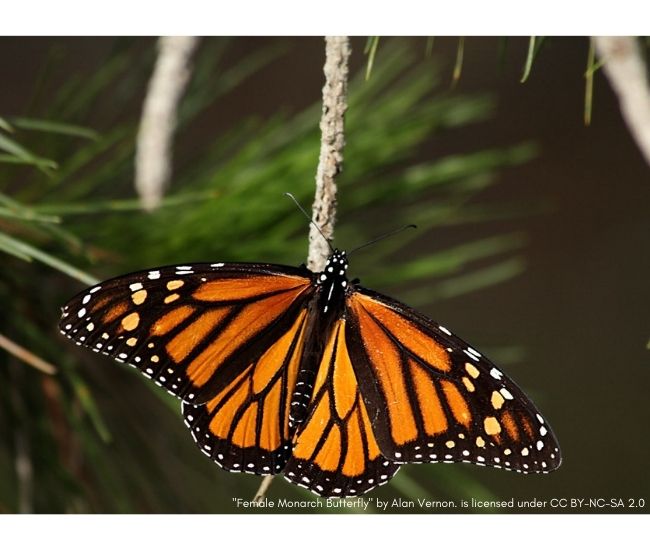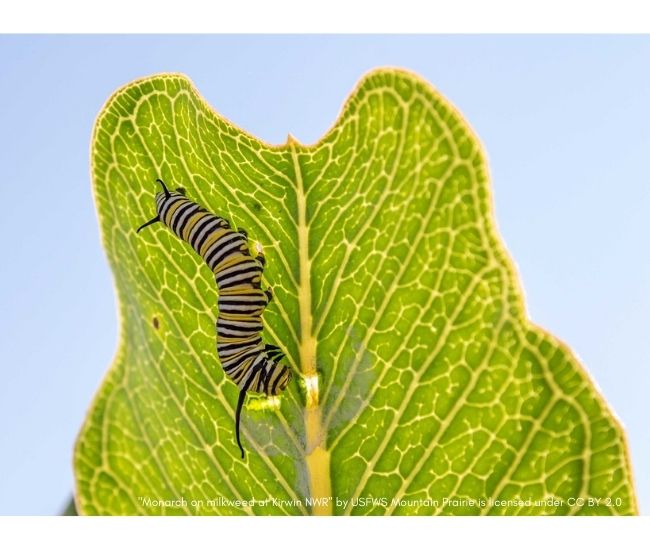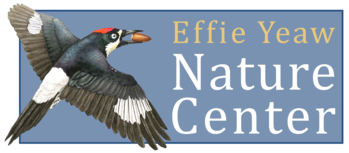Monarch butterflies are a truly special species. Weighing less than a single gram this ambitious invertebrate partakes in the most legendary migration of over 2000 miles from Mexico all the way up to Canada. As a pollinating insect monarchs greatly support the health of our planet. While feeding on nectar they pollinate many types of wildflowers. They visit a variety of brightly colored flowers that grow in clusters stay open during the day and have flat surfaces that serve as landing pads for their little guests. Monarch butterflies are also an important food source for birds small animals and other insects. Amazingly most monarchs will live only a few weeks. However the generation that emerges in late summer and early fall is different as they are born to travel; these monarchs may live for eight or nine months to accomplish their lengthy migration. Scientists think the monarchs use the position of the sun and the changing weather to know when it’s time for their long journey.
Identify a male monarch by the thin veins on their wings as well as the small dot found on the lower part of the vein closest to their body (see image below).

Identify a female monarch by their thicker veins and lack of dot like the males (see image below).

Sadly their species has plummeted toward extinction due to multiple reasons. Although monarchs feed on the nectar of many flowers they only lay their eggs on certain species of milkweed plants. Unfortunately milkweeds have experienced significant plant loss resulting in a lower monarch population. Monarchs are also fighting against loss of winter habitats. Their wintering grounds s in Mexico and California are rapidly shrinking due to deforestation harsh weather development and other habitat disruptions. Because monarchs gather only in a few locations the overall population is at risk.
The biggest threat of all is climate change. Especially during the last decade changes in climate have resulted in more out-of-season storms severe temperature drops and excessive rain. The combination of both wet and cold is deadly to monarchs and is responsible for the deaths of hundreds of millions of butterflies. In the last 20 years alone we have lost about 80% of the monarch population.

What can we do to help the Monarch Butterfly?
1.Do not use pesticides in your garden. Many pesticides use glyphosate an herbicide that kills milkweed.
2. Plant native milkweed. It is important to plant milkweed native to your area to promote biodiversity and enable the nature migration pattern of monarchs.
3. Create a Monarch Way-Station. There are habitats that allow monarch butterflies to lay their eggs. You can order the seeds to build your own way-station here.
4. Use FSC certified wood. Many monarch butterflies rely on the forests in Mexico as a winter habitat but illegal logging reduces the acres of trees that are left to the butterflies. Purchase FSC certified wood to ensure monarchs have a place to return to (https://us.fsc.org/en-us).
5. Learn more about monarc butterflies! Many organizations have dedicated to researching and communicating the plight of the monarch butterfly. Read more about what you can do to help!
6. Spread the word! Educate others about the monarch butterfly decline and encourage them to take the steps to protect this delicate species.
Create
Make paper roll monarch butterflies! Click here (or the image below) for materials needed and directions.n
Activate
As wildlife conservationists and educators we encourage you to follow the links provided to further educate yourself on how to help save the monarch butterfly species. Research where to buy local milkweed plant seeds plant them in your garden and encourage your loved ones to do the same!
Additional Resources
Learn more about monarch butterflies and how you can help them by checking out the links below!
Saving the Monarch Butterfly – Center for Biological Diversity

